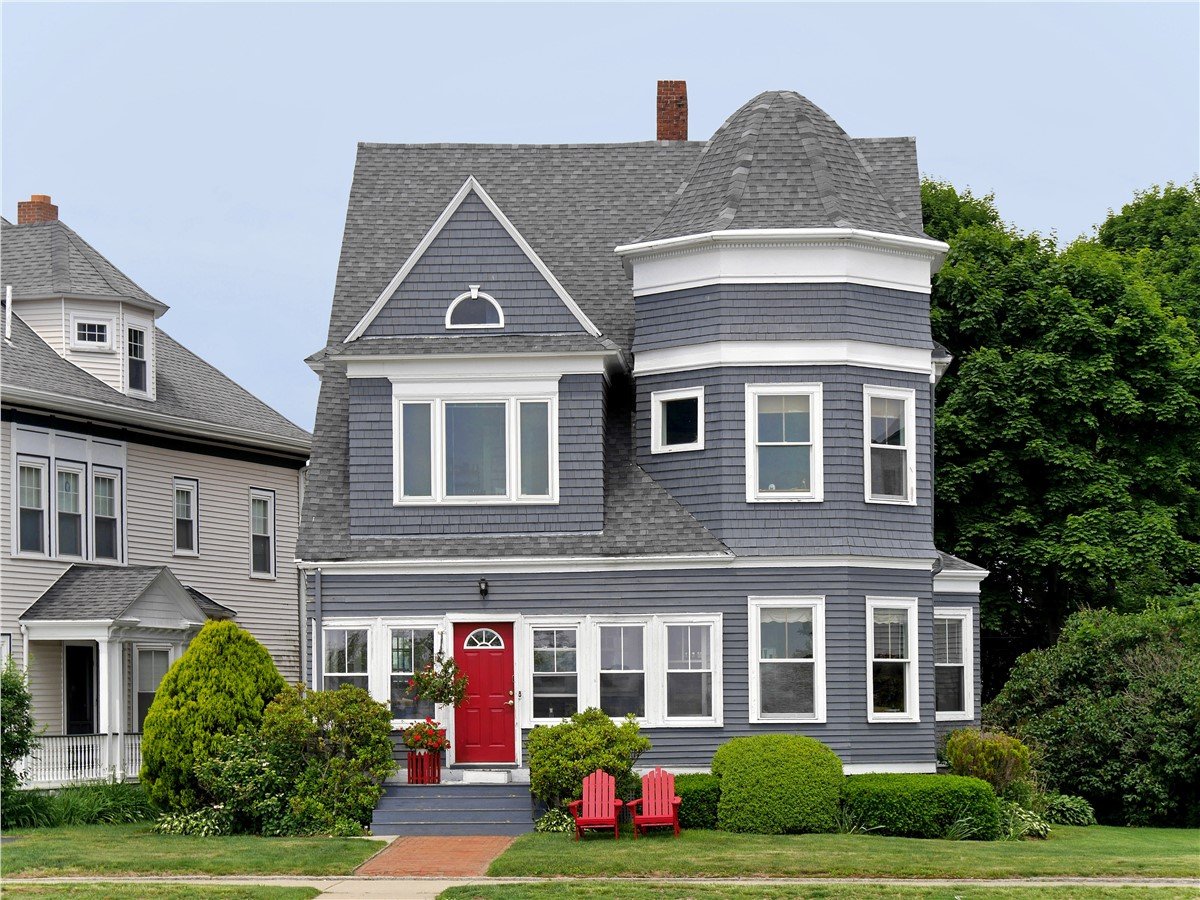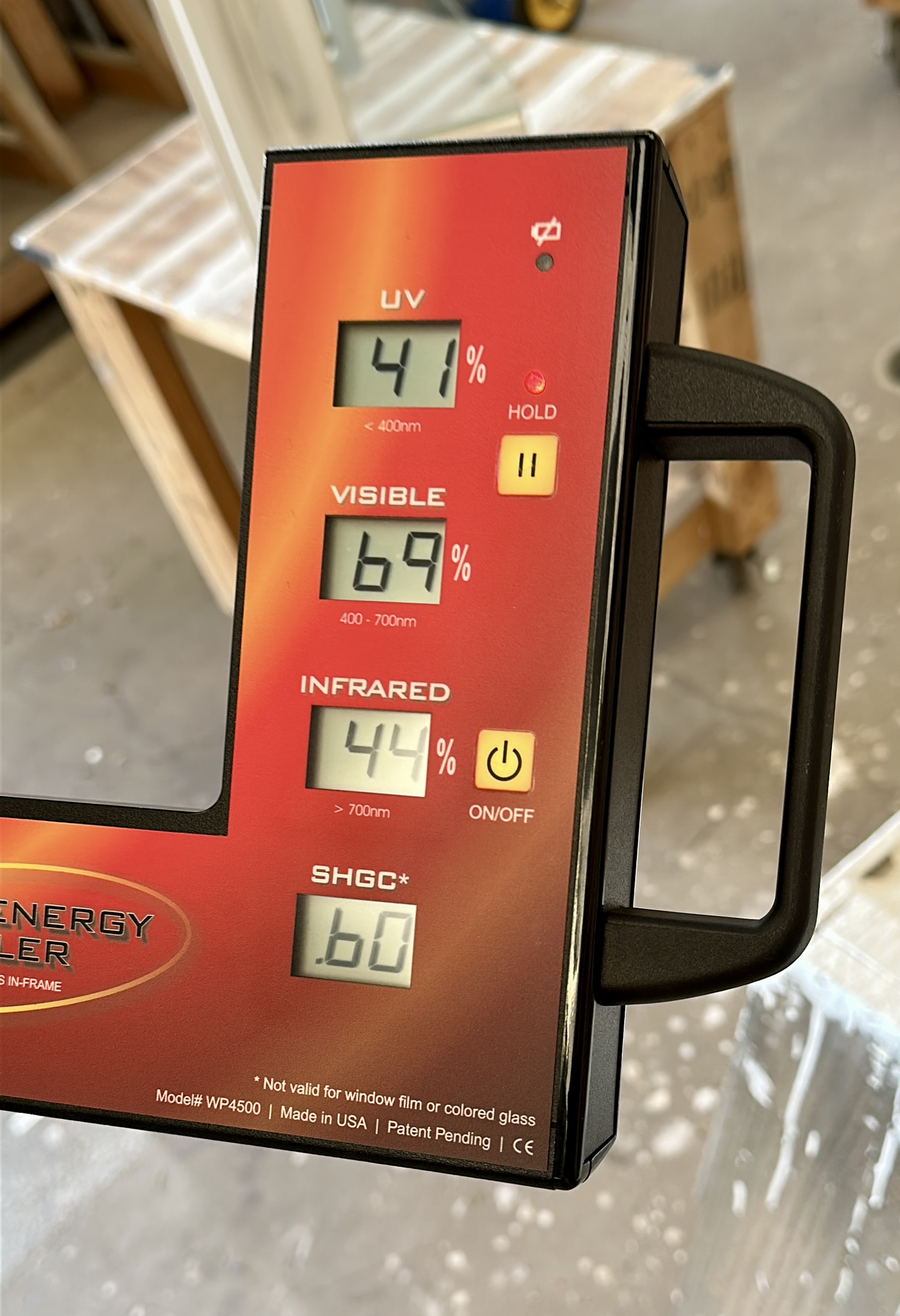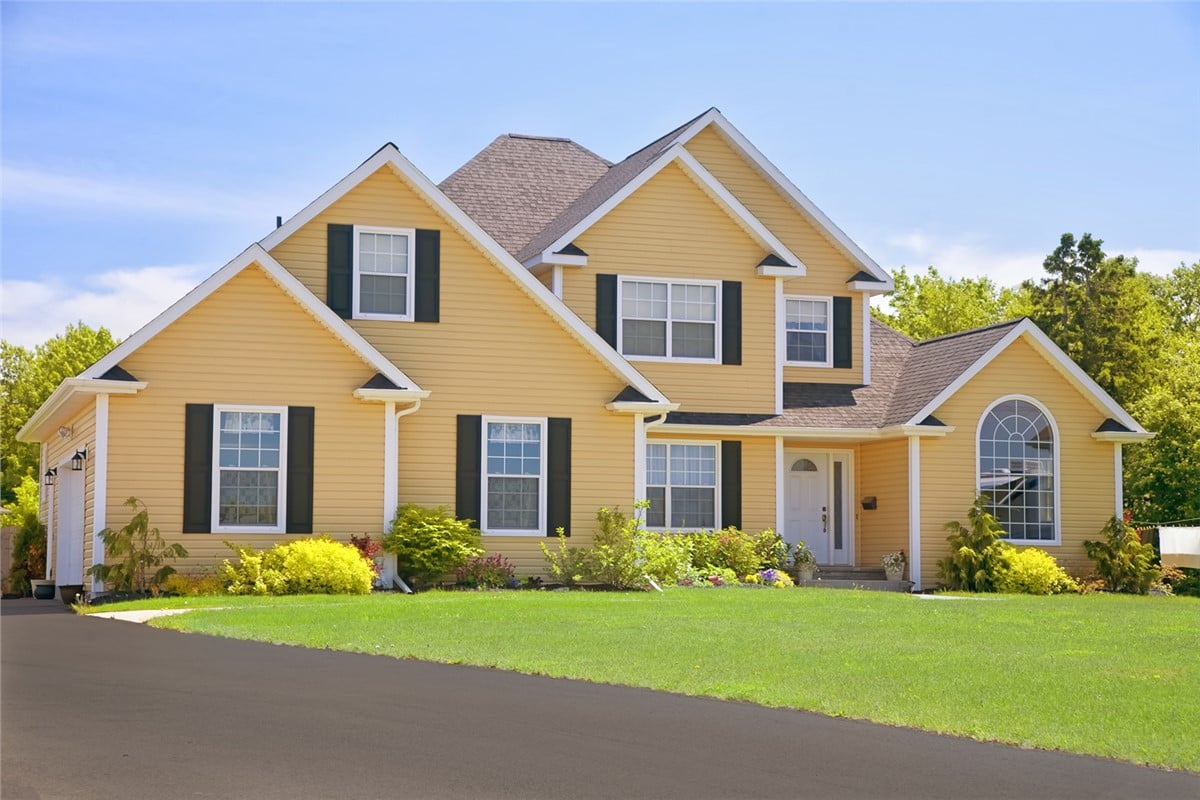Before you compare brands or glass packages, start here: “What do I want to feel different in my home?”

Less heat. Fewer drafts. Better daylight. Less fading. Once you know the goal, the numbers make sense.
This guide explains the four readings we share in your home, what “good” looks like, and how they connect to comfort. No hype. No magic bill-savings claims. Just the facts.
First, what the analyzer does and doesn’t do
It does:
- Measure how your current glass handles UV, visible light, infrared heat, and total solar gain.
- Give a clear, apples-to-apples way to compare old glass to modern glass.
It doesn’t:
- Predict your exact energy bill or room temperature. Too many variables affect that, like attic insulation, HVAC, shading, and air sealing.
- Measure frame insulation or overall air leakage. We check those separately during your visit.
Think of the analyzer as a quick health check for your glass. If the glass looks great but you still feel uncomfortable, we dig into frames and air infiltration next.
The four readings you’ll see (and why they matter)
1) UV %
What it is: How much ultraviolet light makes it through. UV is the “fade maker” for floors, rugs, art, and furniture.
What “good” looks like: Around 3% or less with modern glass.
What we often see in older windows: 50%+ is common.
Plain-English takeaway: If your UV is above 6%, sunlight is bullying your finishes. With better glass, you should not need sunscreen at your breakfast nook.
2) Visible Light % (VLT)
What it is: How much natural light you get.
What “good” looks like: Depends on preference and room use. Many high-performance packages land around 60–70% for bright rooms without harsh glare.
Plain-English takeaway: Higher number equals brighter room. We tune VLT to your goal, not to a “one size fits all” number.

3) Infrared % (IR)
What it is: Invisible heat energy that makes rooms feel hot and stuffy. Argon gas and coatings help block it.
What “good” looks like: 1% or less with strong packages.
What we often see: All over the map. Older or failed units commonly let a lot of IR through.
Plain-English takeaway: Lower IR usually means your AC works less hard to keep a room from “spiking” in the afternoon.
4) Solar Heat Gain Coefficient (SHGC)
What it is: The all-in score for heat from the sun getting through glass. Lower is cooler.
Rule of thumb in hot climates: 0.30 or less is considered energy efficient. Our common packages are often 0.24–0.27, and certain setups can reach 0.22.
What we often see in older homes: 0.40–1.00 is not unusual.
Plain-English takeaway: For south and west windows, lower SHGC helps rooms feel calmer and less “spiky” on hot days.
“So… how does this translate to my comfort?”
Short answer: lower UV means less fading, lower IR and SHGC mean fewer hot-room swings. We do not convert these to degrees or dollars because your home’s insulation, duct sealing, shading, and usage change the outcome. Anyone promising a bill drop from windows alone is guessing.
Here’s a useful way to think about it:
- UV % down → Protects floors, art, and fabrics.
- IR % down → Less “instant heat” blast at the sofa.
- SHGC down → Fewer afternoon temperature spikes.
- VLT tuned → The light level you actually like, not a cave or a fishbowl.
Glass is only part of the story
Your best window is the one that balances glass performance, tight frames, and clean installation.
- Air Infiltration (AI): Leaky sashes undo good glass. Some premium units can test as low as 0.03 cfm/ft². Many builder-grade windows are far looser. We cannot lab-test AI in your living room, but dust trails, bug debris in corners, and drafty feels are real clues.
- U-Factor / R-Value: This is insulation performance for the whole window. Lower U-Factor is better. We verify whole-unit ratings from the manufacturer and match style to style when you compare.
- Frames and finishes: Aluminum conducts heat like a tiny radiator. Fiberglass and high-quality vinyl resist it better. Dark frames need materials and finishes that can handle heat without warping or chalking.

What “good” often looks like in San Antonio
- UV %: ~3% or less
- IR %: ~1% or less
- SHGC: 0.22–0.30 depending on exposure and goals
- VLT: 50–70% based on how bright you like the room
- Air Infiltration: As tight as possible for the window style
- Whole-unit ratings: Always compare whole-unit SHGC and U-Factor, not center-of-glass only
A simple plan for your home
- Start with your goal. Comfort, fading, light, or noise.
- Measure the current glass. We’ll show you the four readings in real time.
- Check for leaks. Look for dust trails, feel for drafts, inspect sash movement.
- Match specs to rooms. South and west get the lowest SHGC. North and east can be tuned for more light.
- Pick the right frame. Choose materials that hold up in Texas heat, especially in dark colors.
- Insist on whole-unit ratings and installation details. Sill pans, flashing, insulation around the frame. The boring stuff that makes the big difference.
Quick myths to skip
- “New windows will cut your bill by X percent.” Not a credible one-size claim.
- “Center-of-glass numbers tell the whole story.” They don’t. Always compare whole-unit.
- “If the glass tests well, you’re done.” Drafts and weak frames can still sink comfort.
Friendly FAQs
Can you turn my analyzer numbers into a bill estimate?
No. Too many variables. We use the numbers to choose the right glass and pair it with tight frames and solid installation so comfort improves in ways you can feel.
My UV was 48%. Is that bad?
It is rough on finishes. Expect fading. Modern packages near 3% dramatically reduce that.
If my glass readings are OK but the room is still hot, what then?
We look at air infiltration, frame conduction, shading, and attic insulation. We solve the right problem, not just sell glass.
Do darker frames make it worse?
Only if the material and finish are not built for heat. Fiberglass handles dark colors very well. Ask about finish warranties.
How Some Companies Use These Numbers

A quick heads up about companies who misuse analyzer numbers
Most companies use the analyzer the right way, but some do not. You deserve to know how these numbers can get twisted. A few common red flags to watch for:
- Claiming the analyzer can predict your energy bill. No tool can do that. Not without knowing your insulation, shading, HVAC, and usage. Anyone tying a reading to a dollar amount is guessing.
- Comparing your readings to unrealistic or distorted “industry averages.A common tactic is inflating how bad your current glass is or exaggerating how low their product numbers go. Always ask for whole unit ratings from the manufacturer, not verbal promises.
- Using high UV or IR readings to push a same day sale.Your numbers are information, not pressure. High readings mean the glass is struggling, but you deserve time to decide what to do next.
- Showing only one metric.Comfort is never just one number. UV, IR, SHGC, VLT, air infiltration, frame type and installation all work together. A good consultant will explain the full picture.
We share these because we never want you to feel manipulated by a tool that should exist to help you make a confident decision.
The Bottom Line
Use the analyzer to understand what your current glass is actually doing, then build the right full window solution around your goals. If you want someone to walk the numbers with you, explain what they mean for your comfort, and help you choose a package you feel good about, schedule a commitment free consultation. We will bring the analyzer to your home, show you every reading in real time, answer your questions in plain English, and leave you with a clear written price you can think over without pressure.

.2511191255413.jpg)
.2508041318431.jpg)